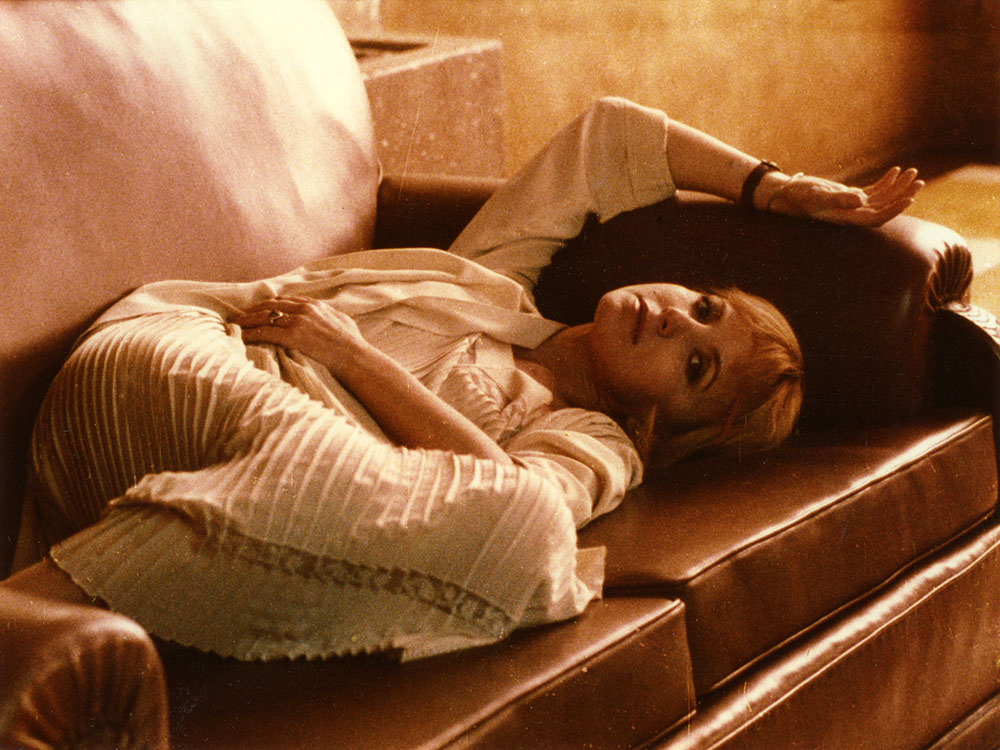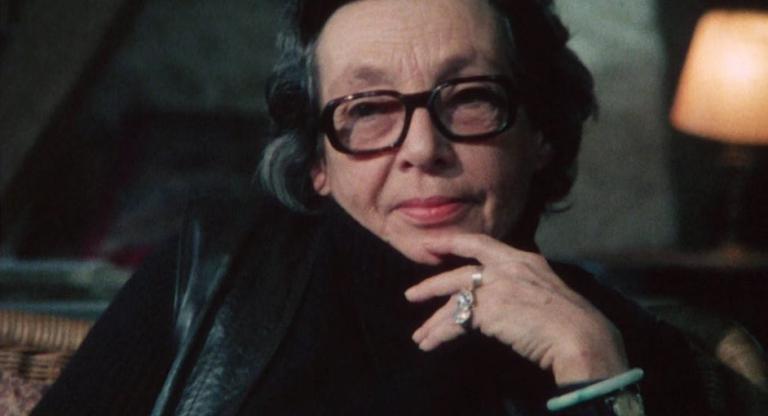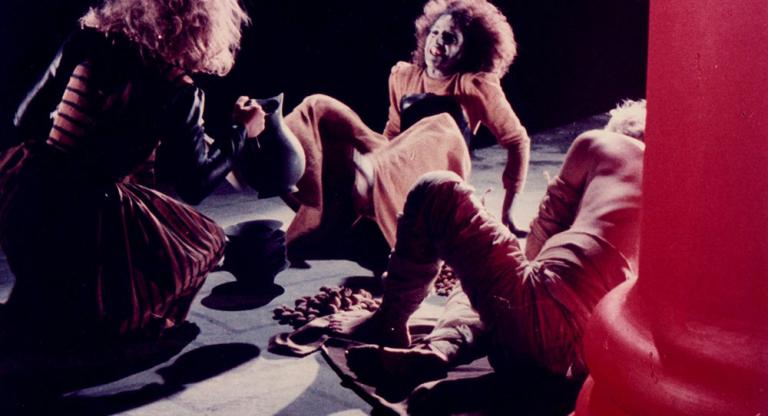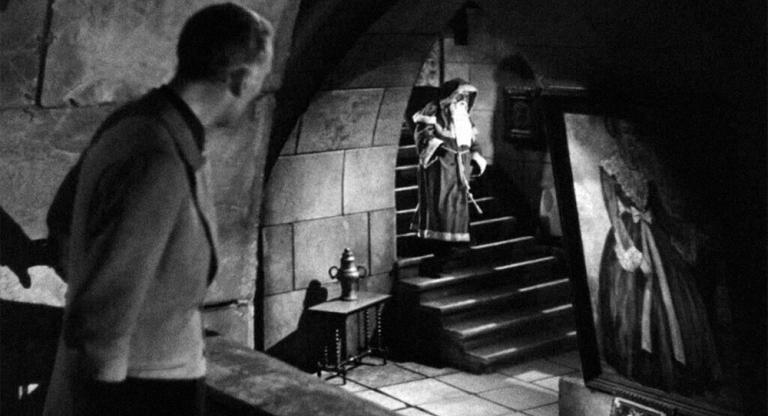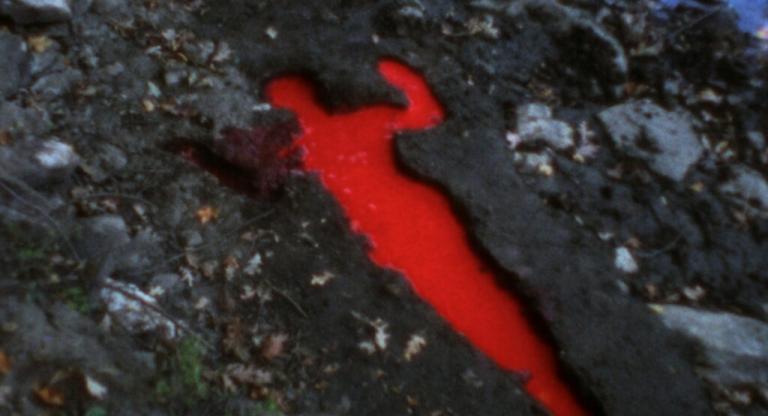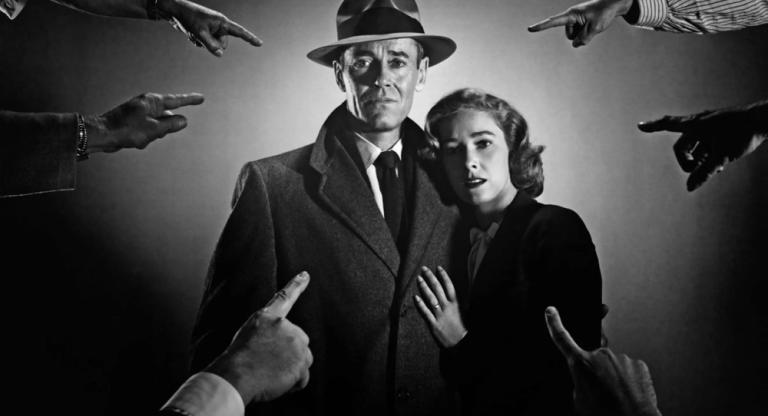The winter sea laps a rocky, shell-covered shore in Agatha et les lectures illimitées (1981), a late film in the career of the enigmatic Marguerite Duras. A two-hander unfolding almost entirely in dialogue over images of a cold beach town, Bulle Ogier and Yann Andréa play siblings who reflect back on their incestuous affair. As is typical of Duras, the film is difficult to decode. Like India Song (1975) and Baxter, Vera Baxter (1977), its plot is less important than its themes. Over the course of the film, the two siblings discuss the social taboo of incest, as well as memory, truth, and family while images of desaturated beaches and ornate empty streets roll by. The dialectic of sound and image finds a striking resonance in the sibling’s dialogue. Since the actors come across as incorporeal ghosts more so than flesh-and-blood characters, we can’t construct an easy narrative about who wields power in their relationship. The two discuss their past in the present tense: “It’s Agatha’s summer,” she says in the third person. “Ours, yes,” he interrupts. “That’s to say, summer.”
Duras’s films are literary. Agatha opens on a book’s text and incorporates images of the written word throughout the film. Duras shot in Trouville-sur-Mer, Les Roches Noires (“The Black Rocks”), a beautiful respite for the likes of Gustave Flaubert and Marcel Proust. The images conjured by voices are not always in harmony with the scenes displayed onscreen. Abrupt music cuts in and out, and the screen flashes between the movement of waves, landscapes, and the blankness of the screen. (In fact, extra footage of Yann Andréa was used to make the featurette L'Homme Atlantique, 1981.) Rupture and departure are abrupt, painful, and unacceptable. As in her previous works, Duras’s characters come and go asynchronously—time never flows in a conventional manner. Characters speak about their childhood as though they were lost in a Proustian reverie, moving from the personal to the mythic without regard for the laws of space and time. The cinematographer, Jean-Paul Meurisse, pans across rain-soaked tennis courts and messy, empty beaches. The relative lack of movement during these scenic tableaus evokes the Impressionists who captured motion through stillness. When Agatha’s brother speaks about loss, we feel his loneliness through the lack of bodies depicted onscreen. Because of the nature of their relationship and their divergent life paths, the two struggle to find time for one another as they grow up. Their alternating voices are like shadows crossing in the night.
As French films have taught us, good affairs never go unpunished. The hotter the sex, the higher the cost. Unlike Agnès Varda’s exuberant films—Jane B. par Agnès V. (1988) and Faces Places (2017)—or the disciplined darkness of Chantal Akerman in Jeanne Dielman (1975) and Toute une nuit (1982), the films of Duras are more like ill-defined shapes. Often adapted from plays (as is the case with Agatha) or from her novels, they sometimes fail to cohere in satisfying ways. It’s not that avant-garde cinema can’t be powerfully illegible—News From Home (1976) and Documenteur (1981) are more riveting examples that offer catharsis despite their restrained opacity—it’s just that Duras’s films lack pure emotional thrills. Their emotional distance chokes down tears in favor of formal machinations. As Toril Moi points out in The London Review of Books, “Her subjects become entirely passive, as if paralysed, or they act out, without understanding themselves.” Like zombies, they rise up to replay the mistakes of their past. Her films are sterile colonial siren songs meant only to deconstruct the cinematic form, but their calls are coming from inside the house. In India Song, the degradation of the colonizer is on full display. While not a feminist in the strictest sense, Duras had a keen eye for the personal cost of alienation, modern globalization, and imperialism. In Agatha, her characters instead find temporary bliss despite the social cost of their affair. Her films rarely rise to the stark lyricism of her infamous novel The Lover. Why cast Bulle Ogier in a role premised almost entirely on bodily absence? Perhaps to cut down on her stardom. On the other hand, Andréa was Duras’s late-in-life lover, a gay actor and companion during her decline. Agatha leaves us with a brooding slate-like blue. The sky and the sea churning against one another as an icy love plays out non-diegetically in front of us. In a film allegedly about happiness and ecstasy, Agatha strains to fill the empty void. Listen, Duras implores us, sometimes a love dies and sometimes we must scream.
Agatha et les lectures illimitées screens this evening, May 13, at Anthology Film Archives on 35mm as part of “Marguerite Duras: Auto-Remakes.”
